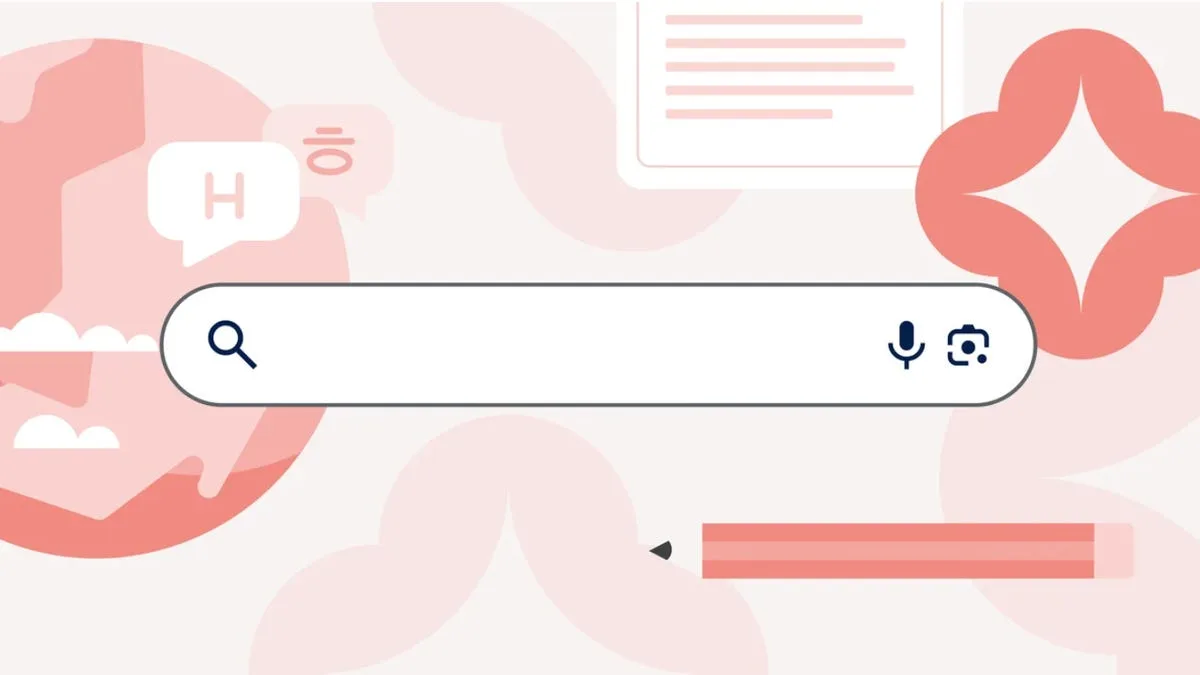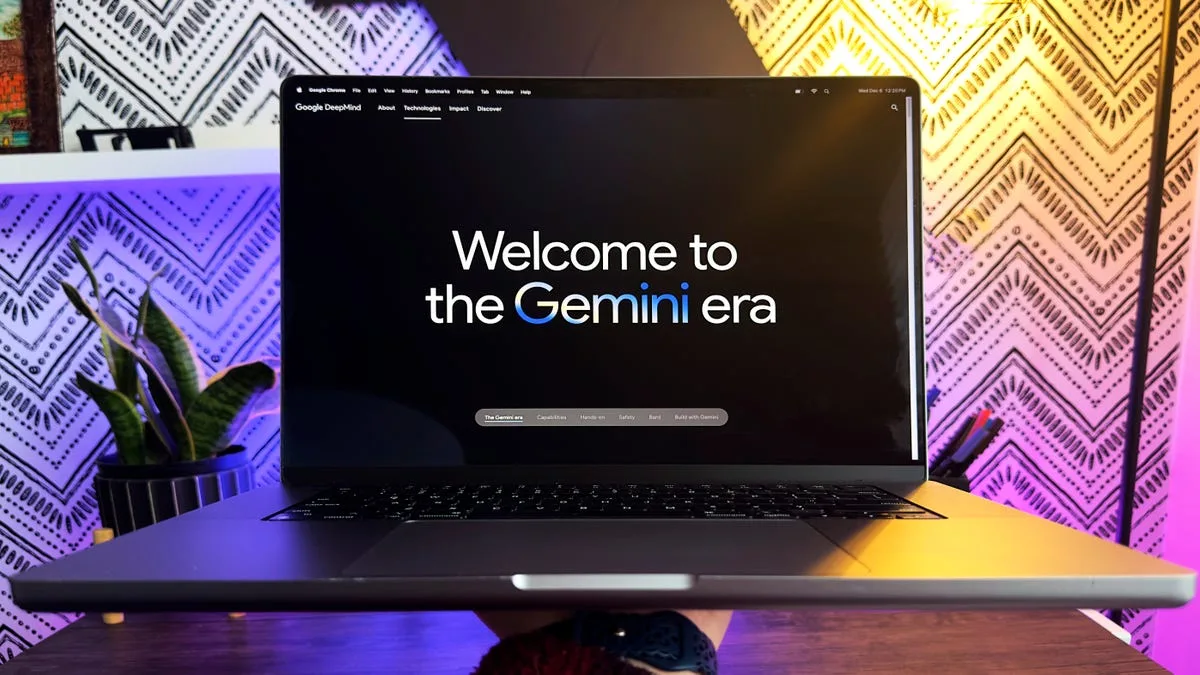How to Create a Profitable Website: A Step-by-Step Guide
Introduction
Have you ever stumbled upon a website that not only caught your attention but also seemed to be making a significant amount of money? Imagine a site earning around $1,000 a day, translating to approximately ₹10 lakh daily! Surprising, right? This kind of revenue, amounting to around ₹1 crore monthly, is not just a fantasy; it’s a reality for some websites leveraging basic tools and effective monetization strategies.
In this article, we’ll explore how you can create a similar website without needing extensive programming skills or prior experience in software development. We’ll break down the steps, from writing compelling content to running ads, and help you understand what it takes to build a profitable online presence.
Understanding the Basics of Website Creation
What is a Website?
A website is a collection of interconnected web pages that provide information, services, or products to users. Websites can serve various purposes, from personal blogs to e-commerce platforms. The key is to identify your niche and target audience.
FAQ: What are the different types of websites?
- Informational Websites: Provide information on specific topics (e.g., blogs, news sites).
- E-commerce Websites: Sell products directly (e.g., Amazon, Flipkart).
- Portfolio Websites: Showcase individual or company work (e.g., artists, freelancers).
- Social Media Platforms: Facilitate social interaction (e.g., Facebook, Twitter).
Why Create a Website?
Creating a website can serve multiple purposes:
- Share Knowledge: Educate others on topics you’re passionate about.
- Monetization: Generate income through ads, affiliate marketing, or selling products.
- Build a Brand: Establish an online presence that reflects your values and services.
Practical Example: A Personal Blog
Consider a personal blog where you share your travel experiences. Not only can you connect with like-minded individuals, but you can also monetize it through affiliate links for travel gear.
Choosing a Niche
What is a Niche?
A niche is a focused segment of a broader market. Choosing the right niche is crucial for your website’s success, as it determines your target audience and content strategy.
How to Select Your Niche
- Identify Your Interests: What topics are you passionate about?
- Research Market Demand: Use tools like Google Trends to see what people are searching for.
- Analyze the Competition: Look at existing websites in your chosen niche to understand their strengths and weaknesses.
FAQ: How do I know if my niche is profitable?
- Research Trends: Use keyword research tools to identify high-demand, low-competition keywords.
- Check Competitors: Analyze successful websites in your niche to gauge potential earnings.
Setting Up Your Website
Domain Name and Hosting
A domain name is your website’s address (e.g., www.example.com), while hosting is where your website files are stored.
Steps to Choose a Domain Name
- Keep it Short and Memorable: The easier it is to remember, the better.
- Use Keywords: Incorporate relevant keywords to improve SEO.
- Avoid Special Characters: Stick to letters and numbers for simplicity.
Selecting a Hosting Provider
Choose a reliable hosting provider that offers good customer support and uptime guarantees. Options like Bluehost, HostGator, and SiteGround are popular among beginners.
Practical Example: Registering a Domain
Using a domain registrar like GoDaddy, you can easily search for available domain names and purchase one that fits your vision.
Website Building Platforms
There are several platforms you can use to create your website, even if you don’t have coding skills. Popular options include:
- WordPress: Highly customizable and user-friendly.
- Wix: Drag-and-drop builder for quick setup.
- Squarespace: Aesthetically pleasing templates for creatives.
FAQ: Which platform is best for beginners?
- WordPress is often recommended due to its flexibility and vast community support.
Creating Compelling Content
The Importance of Quality Content
Content is the backbone of your website. It attracts visitors and keeps them engaged. High-quality content can lead to better SEO rankings, making it easier for people to find your site.
Types of Content to Consider
- Blog Posts: Informative articles on topics relevant to your niche.
- Videos: Engaging visual content that can enhance user experience.
- Infographics: Visual representations of data that can simplify complex information.
Practical Example: Writing a Blog Post
When writing a blog post, start with a catchy title, create an engaging introduction, and provide valuable information that addresses readers’ questions.
SEO Basics
Search Engine Optimization (SEO) is the practice of enhancing your website to rank higher in search engine results. This includes using relevant keywords, optimizing meta descriptions, and improving site speed.
FAQ: How do I optimize my content for SEO?
- Use Keywords Naturally: Incorporate them in titles, headers, and throughout the content without overstuffing.
- Add Internal and External Links: Link to other relevant content on your site and credible external sources.
Monetizing Your Website
Understanding Different Revenue Streams
Once you have quality content and traffic, you can explore various monetization options:
- Advertising: Displaying ads on your site through platforms like Google AdSense.
- Affiliate Marketing: Promoting products and earning a commission for each sale made through your links.
- Selling Products or Services: Offering your own products or services directly on your site.
Practical Example: Affiliate Marketing
If you run a tech blog, you can join affiliate programs for products you review. When readers purchase through your links, you earn a commission.
Running Ads
To run ads effectively, you need to understand your audience and tailor your advertising strategy accordingly.
Steps to Start Running Ads
- Sign up for an Ad Network: Platforms like Google AdSense can help you get started.
- Place Ads Strategically: Position ads in a way that they are visible but not intrusive.
- Monitor Performance: Use analytics tools to track ad performance and make necessary adjustments.
FAQ: What are the best practices for running ads?
- Test Different Ad Formats: Experiment with various ad styles to see what works best.
- Optimize for Mobile: Ensure ads are mobile-friendly, as a significant amount of traffic comes from mobile devices.
Promoting Your Website
Building an Audience
To increase traffic and engagement, you need to promote your website effectively. Here are some strategies:
- Social Media Marketing: Share your content on platforms like Facebook, Twitter, and Instagram.
- Email Marketing: Create a mailing list to keep your audience updated with new content.
- Networking: Connect with other bloggers and website owners in your niche for collaborations and guest posts.
Practical Example: Creating a Social Media Campaign
Design a campaign around a blog post. Create graphics and teasers to share on your social media channels, encouraging followers to visit your website.
Analyzing Your Traffic
Using tools like Google Analytics can provide insights into your audience’s behavior, helping you refine your content and marketing strategies.
FAQ: What metrics should I focus on?
- Page Views: Indicates how many times your content was accessed.
- Bounce Rate: Shows the percentage of visitors who leave after viewing only one page.
- Conversion Rate: Measures the percentage of visitors who take a desired action, like signing up for a newsletter.
Conclusion
Creating a profitable website is entirely achievable, even for those with limited technical skills. By selecting a niche, setting up your website, creating quality content, monetizing effectively, and promoting your site, you can build an online presence that generates income.
Remember, patience and consistency are key. It may take time to see significant results, but with dedication and the right strategies, you can create a successful website that not only shares your passion but also earns money.
Final Thoughts
Embarking on this journey can be both exciting and overwhelming. But don’t let fear hold you back. Start small, learn as you go, and continuously adapt your strategies to the changing landscape of the internet. With every step you take, you’ll become more proficient and knowledgeable, paving the way for your online success. Happy website building!







